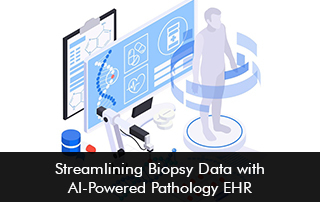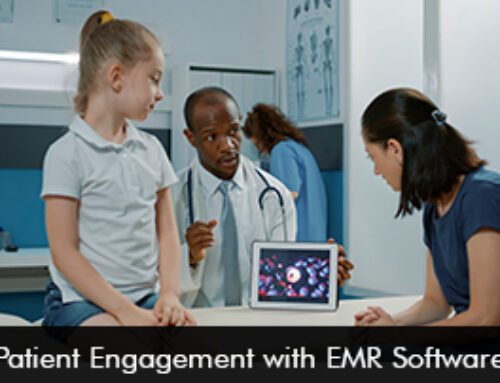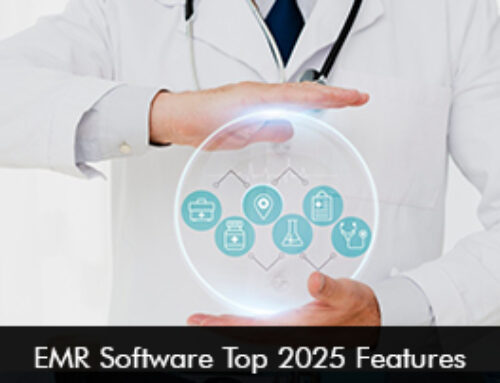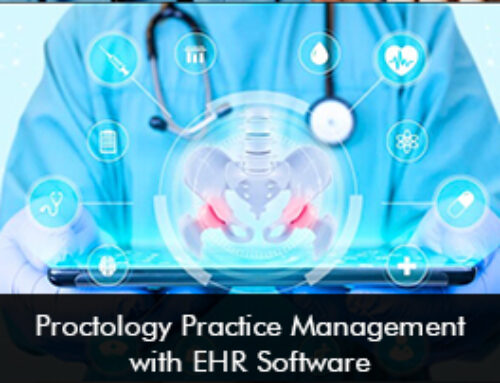Healthcare has undergone a digital revolution in recent years, with technology playing a central role in streamlining patient care, improving diagnostics, and enhancing overall efficiency. Among the most transformative innovations are Electronic Medical Record (EMR) and Electronic Health Record (EHR) software—powerful digital solutions that have redefined how medical professionals record, access, and manage patient data. No longer confined to paper charts and manual filing systems, today’s healthcare providers rely on these advanced platforms to ensure seamless data sharing, enhance collaboration, and ultimately deliver more precise and personalized treatments.
The Significance of EMR and EHR Software in Pathology
-
Centralized Data Management:
EMR software consolidates patient information, including medical histories, test results, and treatment plans, into a single, accessible platform. This centralization is crucial for pathologists who rely on comprehensive data to make accurate diagnoses.
-
Enhanced Collaboration:
EHR software facilitates seamless communication between pathologists and other healthcare providers, ensuring that critical information is shared promptly and securely. This collaboration is vital for multidisciplinary approaches to patient care.
-
Improved Diagnostic Accuracy:
Access to a patient’s complete medical record allows pathologists to consider all relevant factors, leading to more precise interpretations of biopsy results.
-
Regulatory Compliance and Security:
Modern EMR software is designed to comply with healthcare regulations, ensuring patient data is protected and confidentiality is maintained.
Integrating AI into Pathology EHR Systems
The fusion of AI with pathology EHR software is transforming the field by automating complex processes and providing deeper insights into biopsy data.
-
Automated Image Analysis:
AI algorithms can rapidly analyze biopsy images, identifying patterns and anomalies that might be overlooked by the human eye. This leads to quicker and more accurate diagnoses.
-
Predictive Analytics:
By analyzing historical data, AI can predict disease progression and patient outcomes, aiding pathologists in developing personalized treatment plans.
-
Workflow Optimization:
AI-powered EHR software can prioritize cases based on urgency, streamline reporting, and reduce the administrative burden on pathologists, allowing them to focus more on critical analyses.
-
Continuous Learning:
Machine learning models improve over time as they are exposed to more data, enhancing their accuracy and reliability in diagnosing various conditions.
Latest Advancements in AI-Powered Pathology EHR
Recent developments have showcased the potential of AI in enhancing pathology workflows:
-
Enhanced Diagnostic Efficiency:
The collaboration between Philips and Ibex has demonstrated that integrating AI with digital pathology solutions can improve reporting efficiency and drive productivity gains of up to 37%.
-
Accelerated Disease Diagnosis:
Researchers at the University of Cambridge have developed an AI tool capable of rapidly diagnosing coeliac disease from biopsy images, significantly reducing the time required for accurate detection.
-
Streamlined Pathology Workflows:
AI tools are being developed to automate requests for further analysis of diagnostically uncertain biopsies, thereby enhancing workflow efficiency in pathology labs.
Top Recommended EMR Software for Pathology Practices
Selecting the right EMR software is crucial for pathology practices aiming to leverage AI capabilities. Here are five top-rated EMR systems in the United States:
EpicCare:
Renowned for its comprehensive features, EpicCare offers robust tools for patient charting, medication management, and order entry. Its interoperability facilitates seamless data exchange across various healthcare settings, making it a preferred choice for large hospitals and health systems.
Cerner:
Cerner’s EMR software is designed to enhance clinical workflows with features like real-time data access, advanced analytics, and customizable templates. Its emphasis on interoperability ensures effective communication between different healthcare providers.
eClinicalWorks:
This cloud-based EMR solution offers a suite of tools including patient engagement, telehealth capabilities, and population health management. Its user-friendly interface and affordability make it suitable for small to mid-sized practices.
NextGen Healthcare:
NextGen provides specialty-specific templates and workflows, catering to the unique needs of various medical fields. Its mobile accessibility and integrated telehealth features support flexible and efficient patient care.
Praxis EMR:
Praxis stands out with its AI-driven “Concept Processing” technology, which learns from user interactions to facilitate faster and more personalized documentation. Its template-free design allows for greater flexibility in charting, enhancing overall efficiency.
Integrating AI-powered pathology EHR software into clinical practice holds immense potential for streamlining biopsy data management, enhancing diagnostic accuracy, and improving patient outcomes. As technology continues to advance, embracing these innovations will be key to staying at the forefront of medical excellence.







